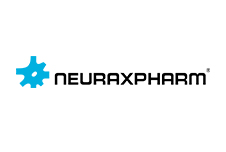High doses of Trental injection have been shown, in rare cases, to intensify the hypoglycaemic action of insulin and oral hypoglycaemic agents. However, no effect on insulin release has been observed with Trental following oral administration. It is recommended that patients under medication for diabetes mellitus be carefully monitored.
Post-marketing cases of increased anti-coagulant activity have been reported in patients concomitantly treated with pentoxifylline and anti-vitamin K. Monitoring of anti-coagulant activity in these patients is recommended when pentoxifylline is introduced or the dose is changed.
Trental 400 may potentiate the effect of anti-hypertensive agents and the dosage of the latter may need to be reduced.
Trental 400 should not be given concomitantly with ketorolac as there is increased risk of bleeding and/or prolongation of prothrombin time.
Concomitant administration of pentoxifylline and theophylline may increase theophylline levels in some patients. Therefore there may be an increase in and intensification of adverse effects of theophylline.
Concomitant administration with ciprofloxacin may increase the serum concentration of pentoxifylline in some patients. Therefore, there may be an increase in and intensification of adverse reactions associated with co-administration.
Potential additive effect with platelet aggregation inhibitors: Because of the increased risk of bleeding, the concomitant administration of a platelet aggregation inhibitor (such as clopidogrel, eptifibatide, tirofiban, epoprostenol, iloprost, abciximab, anagrelide, NSAIDs other than selective COX-2 inhibitors, acetylsalicylates (ASA/LAS), ticlopidine, dipyridamole) with pentoxifylline should be undertaken with caution.
Concomitant administration with cimetidine may increase the plasma concentration of pentoxifylline and the active metabolite, lisofylline.



